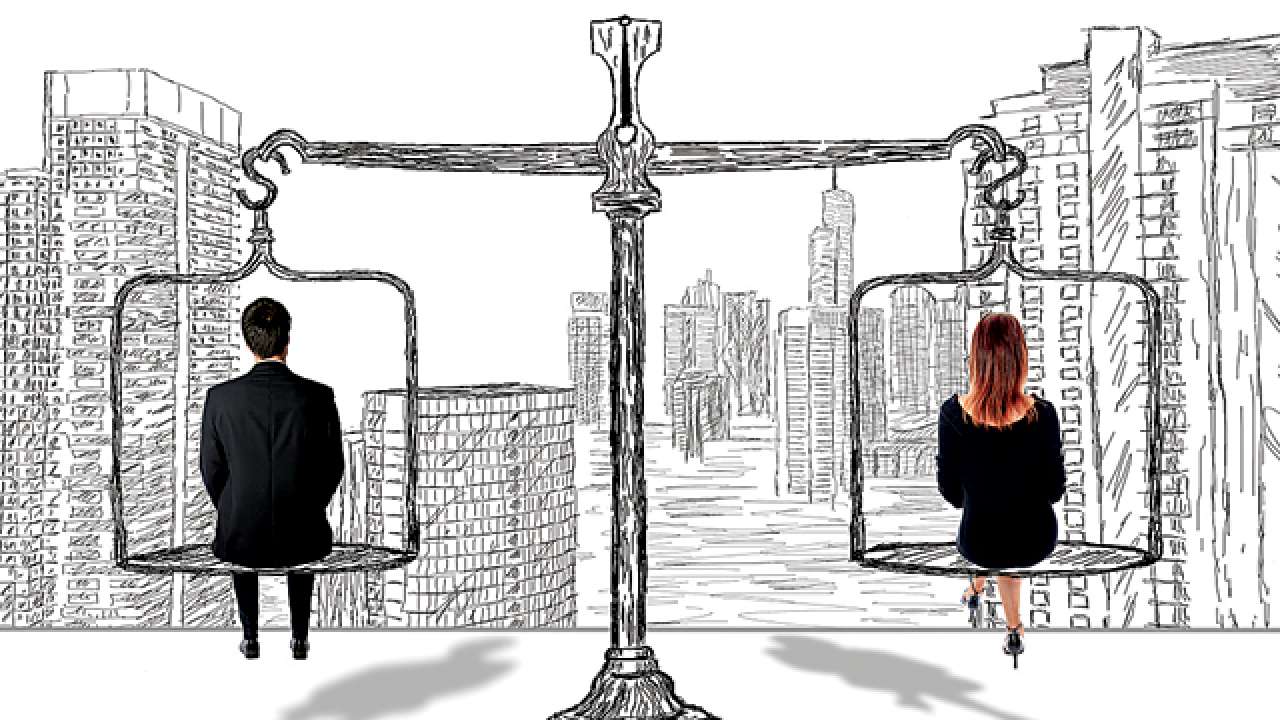
The 2017 World Gender Gap Report of the World Economic Forum has not brought any cheer to India. Ranked at 108 out of 144 countries listed, India fell by 10 points over the last year. This should make us sit up, more so when Bangladesh is ranked at 47 and Rwanda, that not so long ago faced severe internal turmoil, is at 4. Overall, the gender gap in South Asia is 34 per cent compared to 25 per cent of the western developed countries, but better than the Middle East and Africa. At this rate, it is estimated that India may take about 60 years to close the gender gap.
The report examines a country’s performance under four broad indicators: Political empowerment, economic participation, health and survival, and education attainment. The underlying belief for such a study is that providing equal opportunities make for inclusive and dynamic economies and ensure not “losing out on skills, ideas and perspectives required to face the global challenges, and harnessing new opportunities”. Put simply, healthy, educated women, when allowed to work, earn and participate, can be an economic asset and not a burden as perceived in India. Measured against these indicators, the global gender gap showed a weighted average of 68 per cent, with 23 per cent for political empowerment; 58 per cent for economic participation; 95 per cent and 96 per cent for education and health respectively.
Under each of these indicators, there are 14 variables for preparing the deprivation index and arriving at the ranking. India’s ranking under each is 15 under political empowerment; 139 under economic participation; 112 under education attainment and 141 under health and survival. Though the critics do point out that the data used is unreliable, such as for example, life expectancy for India is stated to be 60.3 while it is 68.4, yet, the figures do indicate a trend and for that reason are useful and valuable.
The two variables utilised for measuring the health index are sex ratio at birth and female life expectancy. It can be argued that these two proxy indicators are inadequate and more important variables like security and domestic violence are ignored. However, in reality, both these variables do reflect critical factors that influence them, necessitating a closer look at the determinants. So, for example, neonatal mortality in particular and under-five mortality in general, influence the level of life expectancy. In turn, these two sub-variables get influenced by the social and cultural environment into which the child is born and grows. The persistence of patriarchal attitudes that accords the girl child lower value compared to boys results in forced abortions and infanticide, undernutrition, delayed access to care and so on. This then gets reflected in the fact that in India, unlike any other country, female children under the age of five die more in number than boys. The 2010 study of 557 districts conducted by the Indian Institute of Population Sciences estimated that 78,000 girls died more than boys. This happens because 26.8 per cent of ever-married women get married before age 18. Chronic undernutrition, high levels of anaemia, frequent pregnancies then impact the survival of the infant and child. Such deaths are avoidable with good nutrition that alone can reduce under-five mortality by 45 per cent.
Though there is a poor association between income (economic participation) and survival, yet incomes are known to influence access to food, providing such income increases are accompanied by health education and lifestyle behaviour efforts. Incomes again also depend upon women having adequate opportunities to get educated and skilled. The Report only takes into account enrolment into primary schools. That is an inadequate measure and more critical is the retention. Basic education and skill development widen access to economic opportunity, integration into the formal economy and upward mobility. However, such participation is not without risks when basic social attitudes remain unchanged. In India, it is reported that women are paid 30 per cent lower wages than their male counterparts. With over 93 per cent engaged in informal labour, they have no maternity leave and other benefits required for rearing children. Besides, it is reported that 40 per cent of rapes in India are among girls below 18 years. This explains for dropouts of women from economic participation.
Clearly, in addition to expanding schemes and programmes for benefitting women, it is equally important to create a more “gendered” environment: Laws for equal wages, implementation of gender budgeting in real terms, introduction of life skill education and gendering the education process itself to make men more gender sensitive etc. Without action on these fronts, India will continue to be a laggard country.
The report also has a message for the economists who make choices for us. It offers the estimate that in a gender-balanced world, the global GDP can increase by $5.3 trillion. This then must make our policymakers weigh the cost of neglect and benefits of a more inclusive environment.
The author is former Secretary, Ministry of Health and Family Welfare. Views expressed are personal.